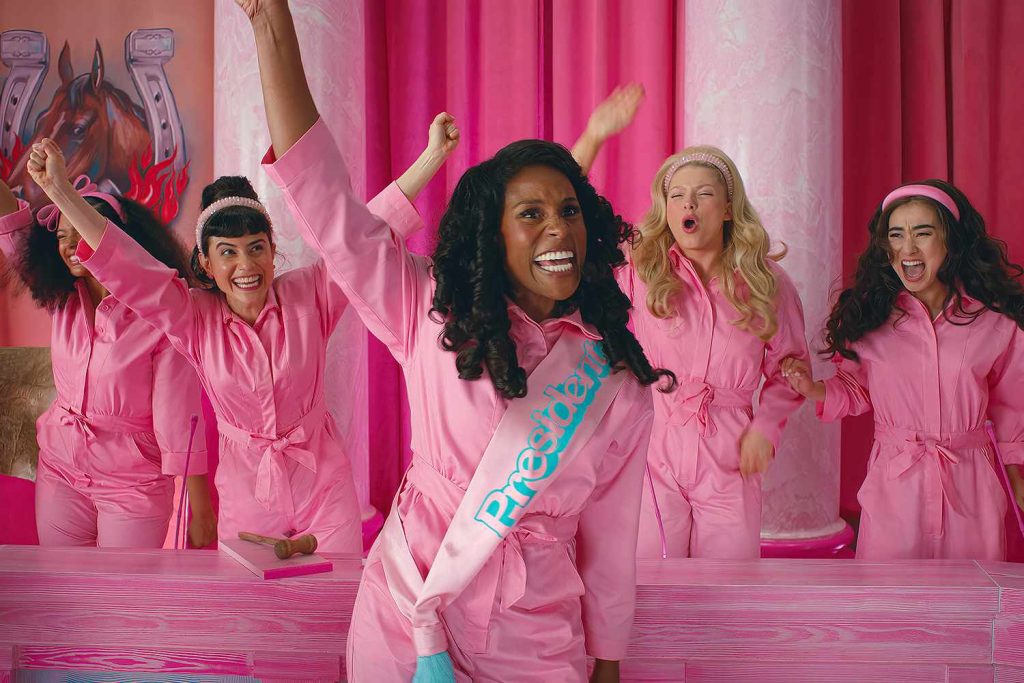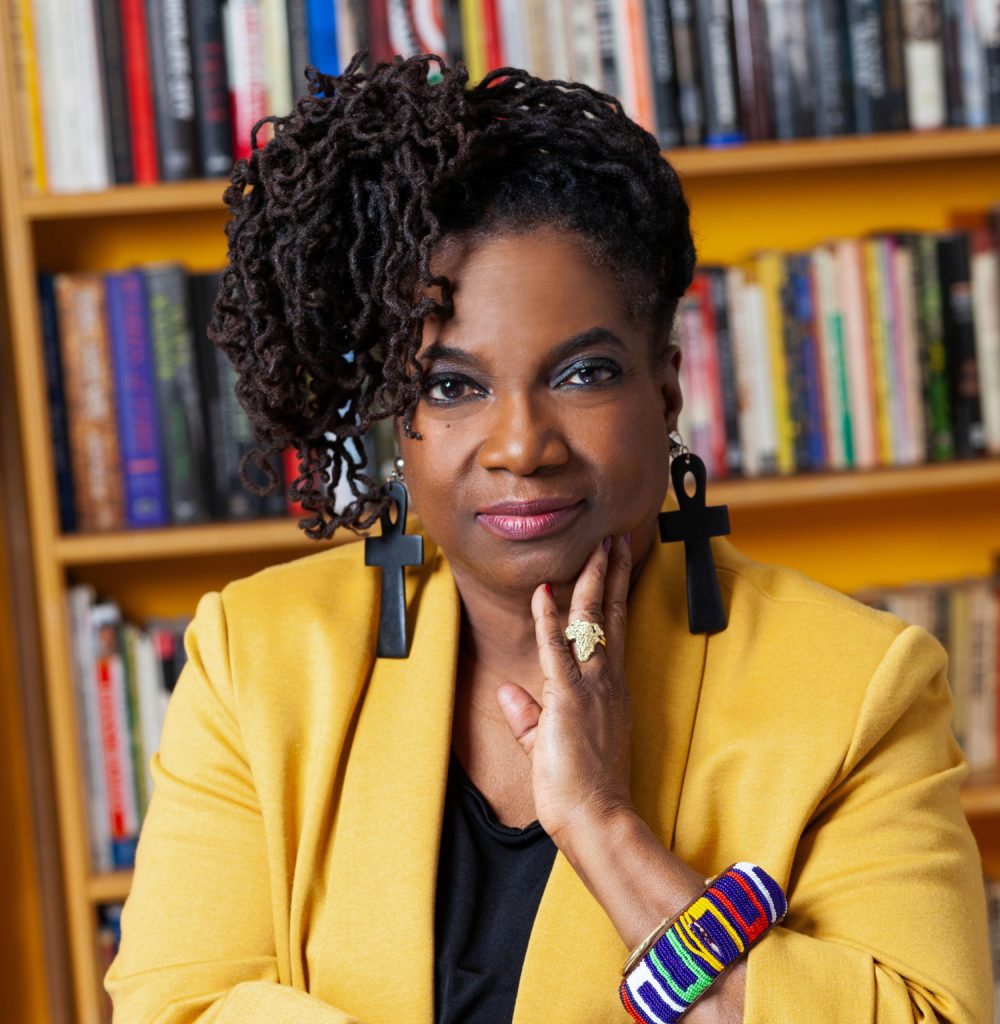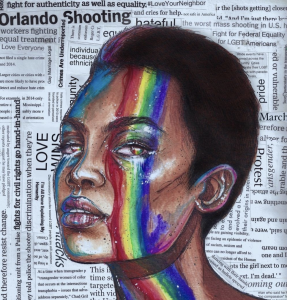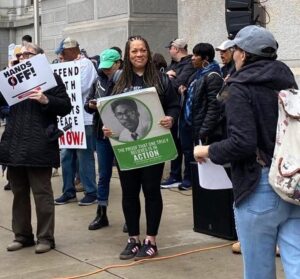By Nkechi Taifa
My Barbie Dream House was my classroom in an African-centered school in Washington, D.C. half a lifetime ago. I wore my signature African headwrap gele, oozed Kiswahili words and reveled in the dismantling of white supremacy inch by inch, day by day. I believed in what our sister Audre Lorde said, “The master’s tools will never dismantle the master’s house.” Back in my day, I strived to create the world we wanted — the stories to put in the books so they could enter the mind freely. Yes, we were in mental competition with Mattel and all the other distractions, but we were winning because it was a winning time.
Now I’m drowning in a Hollywood-created pink that is straining to be inclusive.
Yup, I went to see Barbie with my daughter and her friends. I was four years old when Barbie came on the 1959 pop-culture scene. White Barbie. White Ken. White everything. Decades later when my daughter was born, she never had a white Barbie, or white any other type of doll. Thankfully, by that time, Black dolls and Black children’s books had begun to fill the shelves. But that beginning image in today’s Barbie movie — the 2001 Space Odyssey homage — of a looming white, blond woman — was reminiscent of the pale mannequins once so prevalent in every white magazine, department store or shop window.
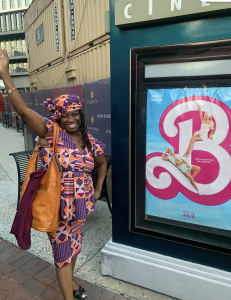
But that aside, the Barbie movie dripped buzz words, concepts and images I loved: “sexualized capitalism,” Issa Rae as Barbieland president and a barrage of multi-racial Barbies representing all genres of professions, an all-female Supreme Court, discussion of the dangers of patriarchy, and the piece de la resistance — a young girl of color calling Barbie, portrayed with great joy and gusto by Margot Robbie, a fascist to her European blond face!
While the film displays the power of women, I nevertheless grimaced at the film’s overemphasis on gender which, while critical, fails to address the importance of ideology — i.e., I would not like a high court packed with women with ideologies akin to right-wing hardliners such as Clarence Thomas or Amy Coney Barrett! Legendary author/activist Amiri Baraka once exposed that “the only whitey was capitalism and that the devil was the person who did de-evil.” A white woman director, Greta Gerwig, meant well with Barbie but fell into the white feminist us-versus-them tired trope, the trap of replacing patriarchy with female-dominated repression. She and Robbie used the wrong, worn-out, binary, Eurocentric tools.
And while I loved Issa Rae, couldn’t she at least have rocked a natural hairstyle as opposed to the Stereotypical Barbie’s strung-out tresses?
In the real world that Barbie and Ken fled to, Florida and other states are today trying to pull Black and other oppressed people of color and LGBTQ folks back to the all-white-Barbie-and-Ken-days. Like Robbie’s Barbie character being pursued by that Mattel exec, played by Will Ferrell, we’re likewise trying to be put back into a box that no longer fits. Indeed, my books for Black children highlighting freedom fighting Black heroes and heroines, were banned by the Central York, Pa. school district during the height of the backlash to George Floyd and Breonna Taylor, adding me to a very prestigious list of the truth-tellers whose books burned white library shelves. Books and dolls crushed to the earth will rise again.
When Barbie/Robbie said something that Black/African women understand and feel deeply — that she wanted to be the creator, not the object — I knew the film was near its finale, her identity quest almost complete. I feel that all those who leave the theater must take that idea and actualize it.
So whose tools to use for today’s Black toy story? I support all the African-woman Barbies of icons such as Ida B. Wells-Barnett, Maya Angelou and Ava DuVernay, just to name a few. (Imagine Issa Rae as President Barbie presiding over that group in that film!) But Mattel will never sport an Assata Shakur Barbie nor would she or I would want them to. Thus, it is incumbent that we create our freedom fighting images with our own tools — and perhaps even more importantly, learn to know the differences between our images and tools and those of the colonizer’s.
Nkechi Taifa is an attorney, activist and the author of five books, including Reparations on Fire: How and Why it’s Spreading Across America.

